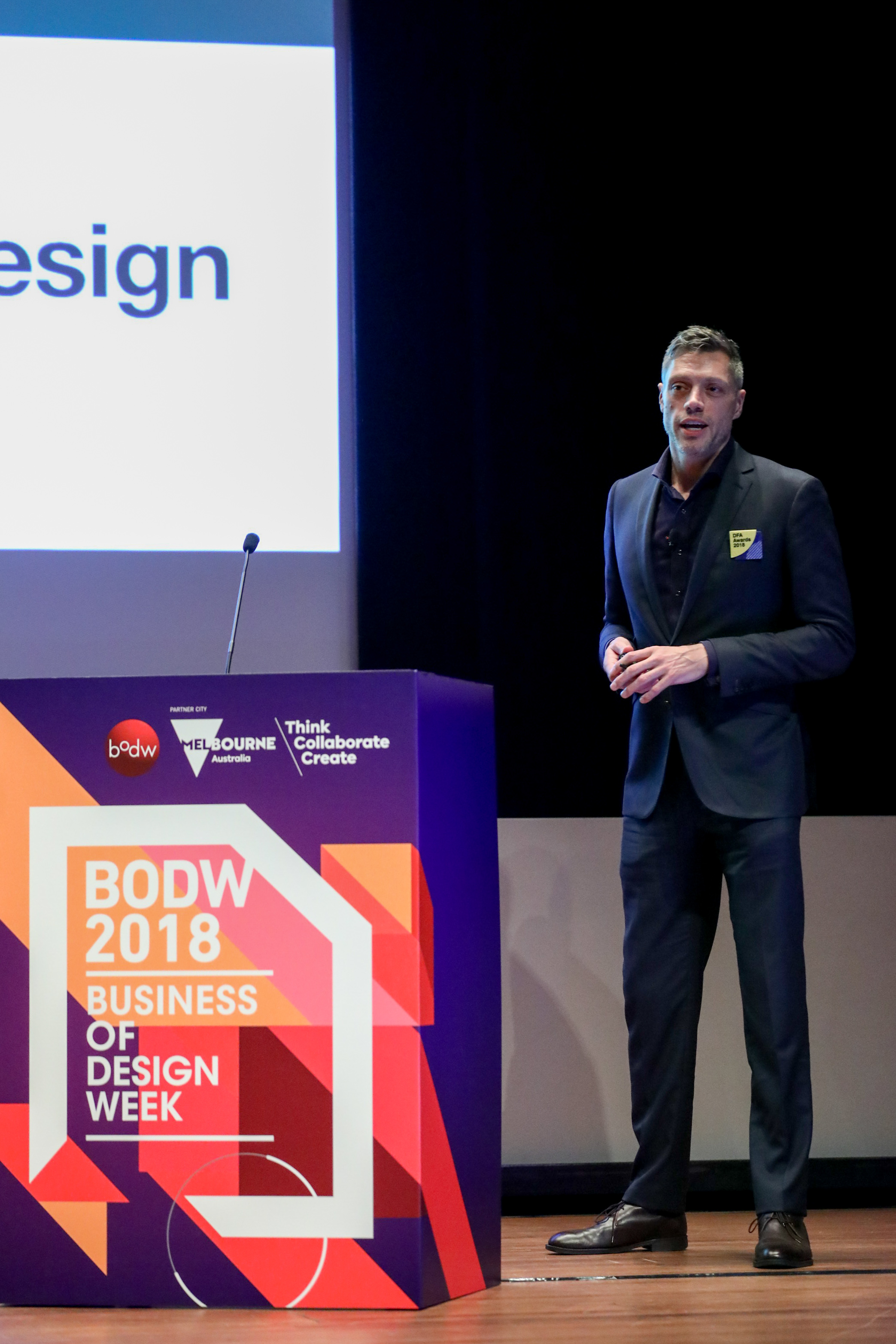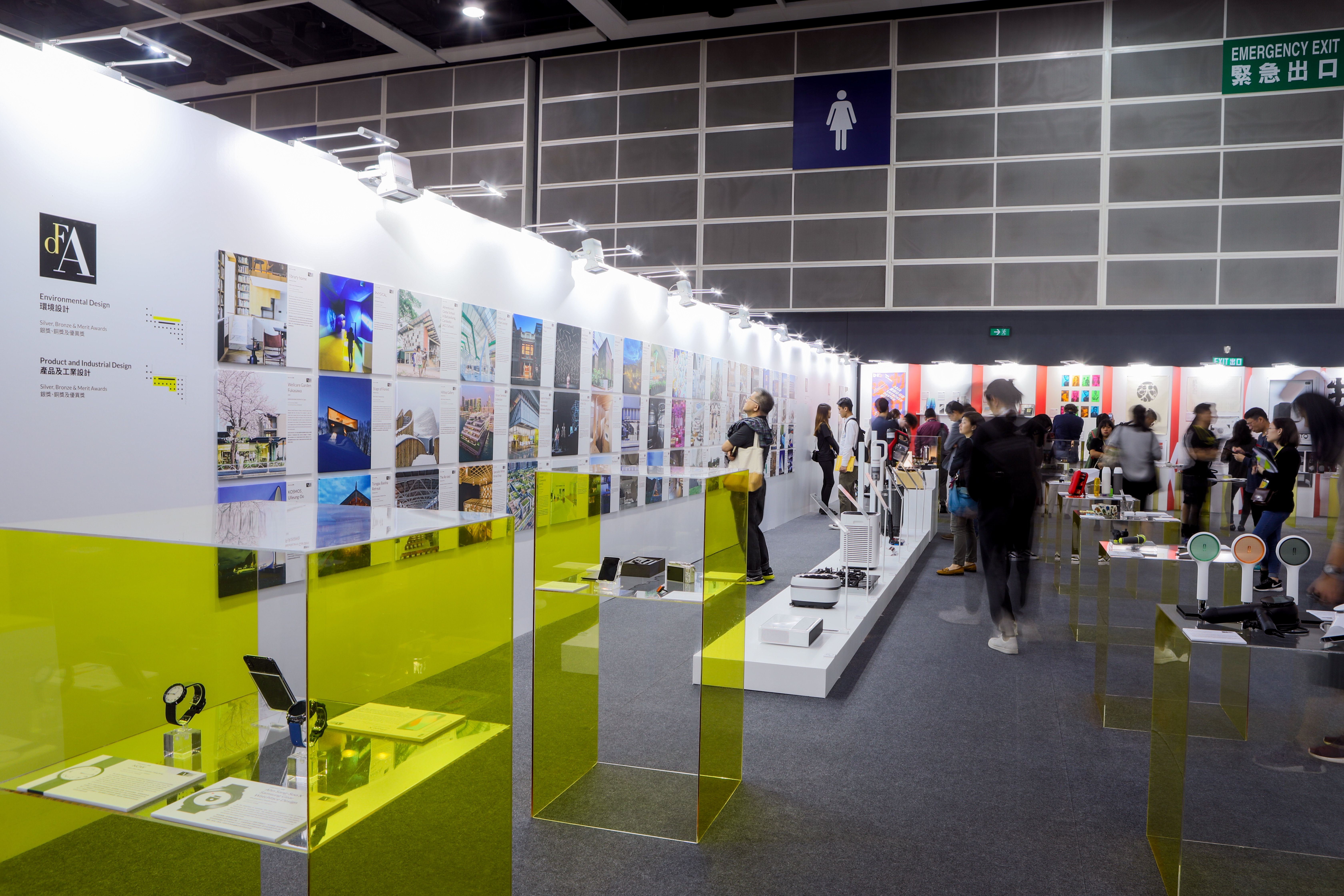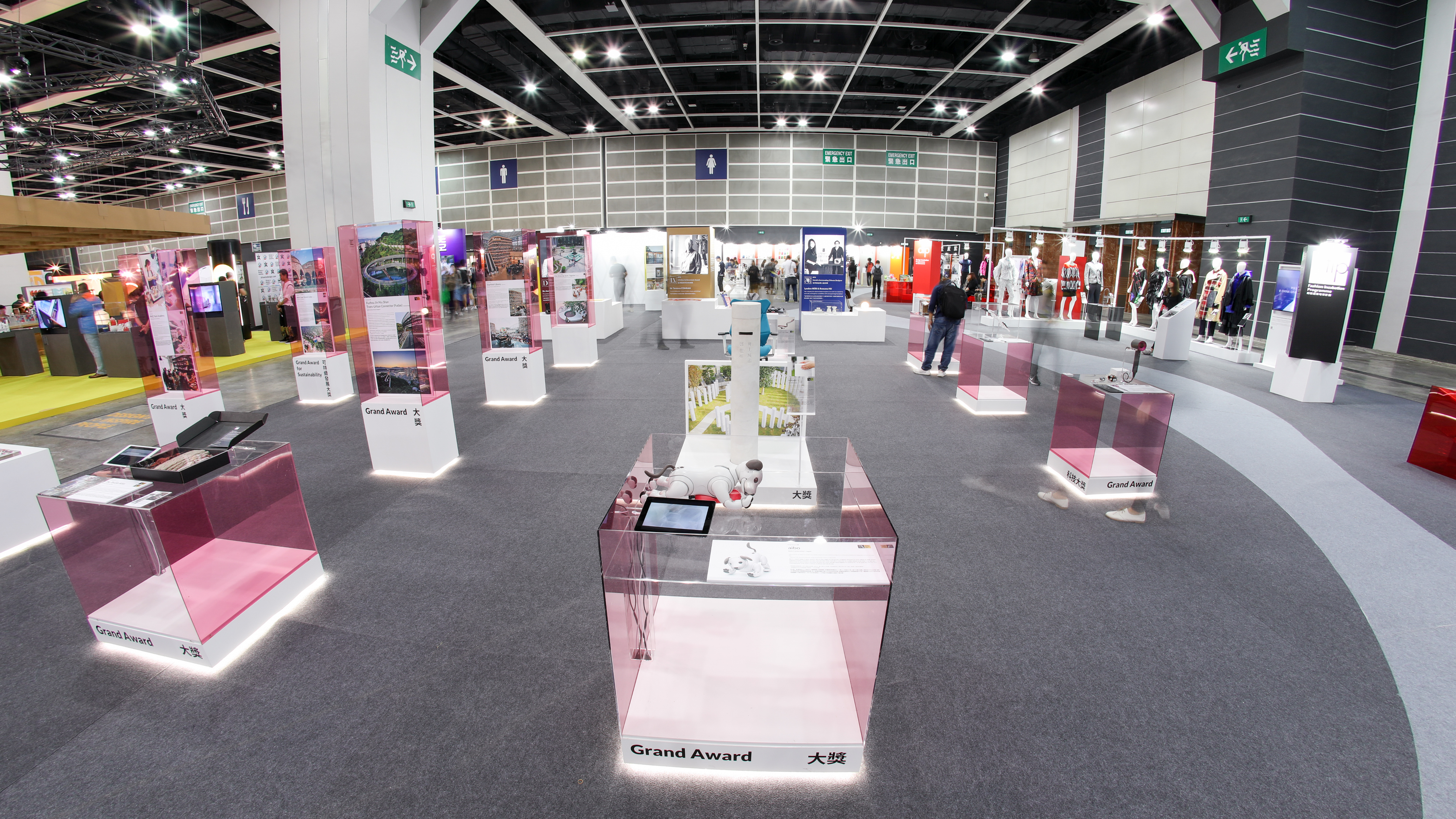The Confluence of Asia’s Best Designs
Good designs improve our quality of life. That is why it is important to recognise and appreciate them. Recognition not only motivates designers, it also helps the public understand the crucial role of design and become design advocates. In last month’s Business of Design Week (BODW), a series of events gathered the winners of DFA Awards 2018 and celebrated their achievements. Some of them shared their design philosophies at the event’s “DFA: Design for Asia” and “Culture & The City” forums, while unique concepts and products from DFA Awards recipients in 2018 were showcased at BODW’s concurrent exhibition, DesignInspire.
BODW speaker and winner of the DFA Design Leadership Award, Dr Andrew Dent, Executive Vice-President, Research, Material ConneXion, Inc., shed light on the critical role of material in innovating products. As a key player in the research of innovative and sustainable materials, he led the set-up of material libraries in the US, Hong Kong, Shanghai, Tokyo and Bangkok. He advocates a material-centric approach which comprehensively considers a material’s origin, limitation, effect on manufacturing, perception and recycling. “For the past 20 years, we have been helping our clients to think about material first in the design process.” Under his leadership, hundreds of clients have improved their products. His approach drives forward the applications of innovative materials and a new generation of sustainable product design.
Exceptional designs from the DFA Awards were put under the spotlight at the DesignInspire exhibition held concurrently with BODW. The use of innovative material is again one of the merits of the new Shin-toyosu Brillia Running Stadium which won the DFA Design for Asia Awards - Grand Award. Designed by Japanese architect Yukiharu Takematsu, it is the first in Japan to use ETFE film – a highly transparent material that is lighter, safer, cheaper and more sustainable than glass. It can endure high air pressure, snow and provides wind resistance, creating a secure training venue for runners under all weather conditions. While the stadium is built for the 2020 Paralympic Games, it is designed to be a training hub for all athletes regardless of their abilities. Judging panel member Lin Cunzhen, Vice Dean of School of Design, Central Academy of Fine Arts, said, “Whether in overall design, embodied humanistic values or sustainability and eco-friendliness, I would say it is highly commendable.”
Another strong quality among this year’s winning projects, which was also manifested at DesignInspire, is their connection with tradition. Shoji Oshio’s tombstone design “& (Ando)” is a case in point. It reimagines the form of the gravestone in a Buddhist cemetery into a minimalistic cylindrical pole. The new shape enables a more intimate connection between visitors and the deceased through touching, leaning or hugging the tombstone. It also has the potential to reshape the burial practice. Its lean shape, taking up much less space than the traditional stack-up square grave, facilitates more efficient use of space. It requires little maintenance and can adapt to different cemetery plots easily. The design “respects emotion and yet carries forward something new,” said judging panel member Ashwini Deshpande, Co-founder and Director of elephant.
For those who missed BODW and DesignInspire, Hong Kong Design Centre has published a book entitled Design for Asia: DFA Awards 2018 to capture and document the awarded projects. It features the design concepts behind the work of Dr Andrew Dent (DFA Design Leadership Award recipient), Takematsu and Oshio as well as those of the 187 DFA Design for Asia Awards winning projects, the highly celebrated portfolios of Sir Terence Conran (DFA Lifetime Achievement Award recipient), Lyndon Neri and Rossana Hu (DFA World’s Outstanding Chinese Designer recipients), and 16 budding local design talents who won the DFA Hong Kong Young Design Talent Award. The book also includes the comments of the judging panel formed by international design experts, making it undoubtedly one of the most important collectables of contemporary Asian design.

Dr Andrew Dent

